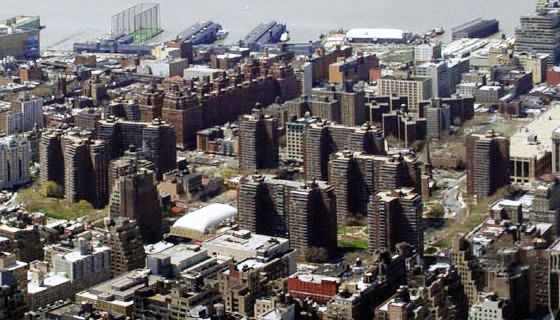Bloom spoke about Robert Moses and the housing project of New York in Chapter seven. However, within the context of what he was writing certain things must be highlighted which can show his true value. These things include his credibility and the positive and negative consequence the importance of his name means and how altogether this leads to an ‘inflated’ Robert Moses.
The first thing which is importnat to note in Bloom’s writing is how important Robert Moses actually is and how this played a motif throughout the chapter. One of the thing that Bloom mentions is how important Robert Moses was to the city of New York, which is obvious considering that he is the cause for New york being the way it is. But, what I found really cool is that he overemphasized it by citing an example where Mayor LaGuardia credited Robert Moses over the housing authority regarding the 1942 housing project. The fact that Bloom speaks about him so highly forces us to picture him as the poster boy for the New York housing authority which comes with both good and negative aspects.
Regarding the negative aspect, well that comes with anytime someone is the poster boy of any organization. If something goes wrong within the organization the poster boy has the potential to be blamed for it because they ‘represent the organization’ and they then have to defend the organization. For example when Robert Moses had to defend the claim that his housing projects were deemed racist because it was “bowing to racial prejudices” and Moses had to defend the project. Take another example, if one soldier of the US accidentally killed an innocent person for no reason, Obama might make a statement apologizing on behalf of the military. In this analogy Obama (Robert Moses) is trying to defend the honor of the US military (housing project).
On the other hand the positive that thing that happens with being the poster boy as can be seen with the chapter is how when the ‘organization’ does something right you are looked upon with more respect, or just better overall. For example, the chapter mentioned how Robert Moses and the authority of housing started grouping together lower class housing along with the middle class housing and the chapter says this is good planning. As can be indicated fromt he article though is that it says Robert Moses and the authority which again shows him as the poster boy. Furthermore,, since he is the poster boy and in this case something good is being done by the housing authority Robert Moses gets some credit.
The chapter was written in my opinion as an ode to Robert Moses and the New ork housing authority. But, I feel it is important to note how throughout the chapter Moses was continuously highlighted in a way that made him look and sound more important. Again in no way am I implying he isn’t great, rather I just feel that because the chapter mentioned him too much they overused Moses and his ideologies and he’s kind of inflated, but just because he’s overrated that doesn’t mean he’s not great.


